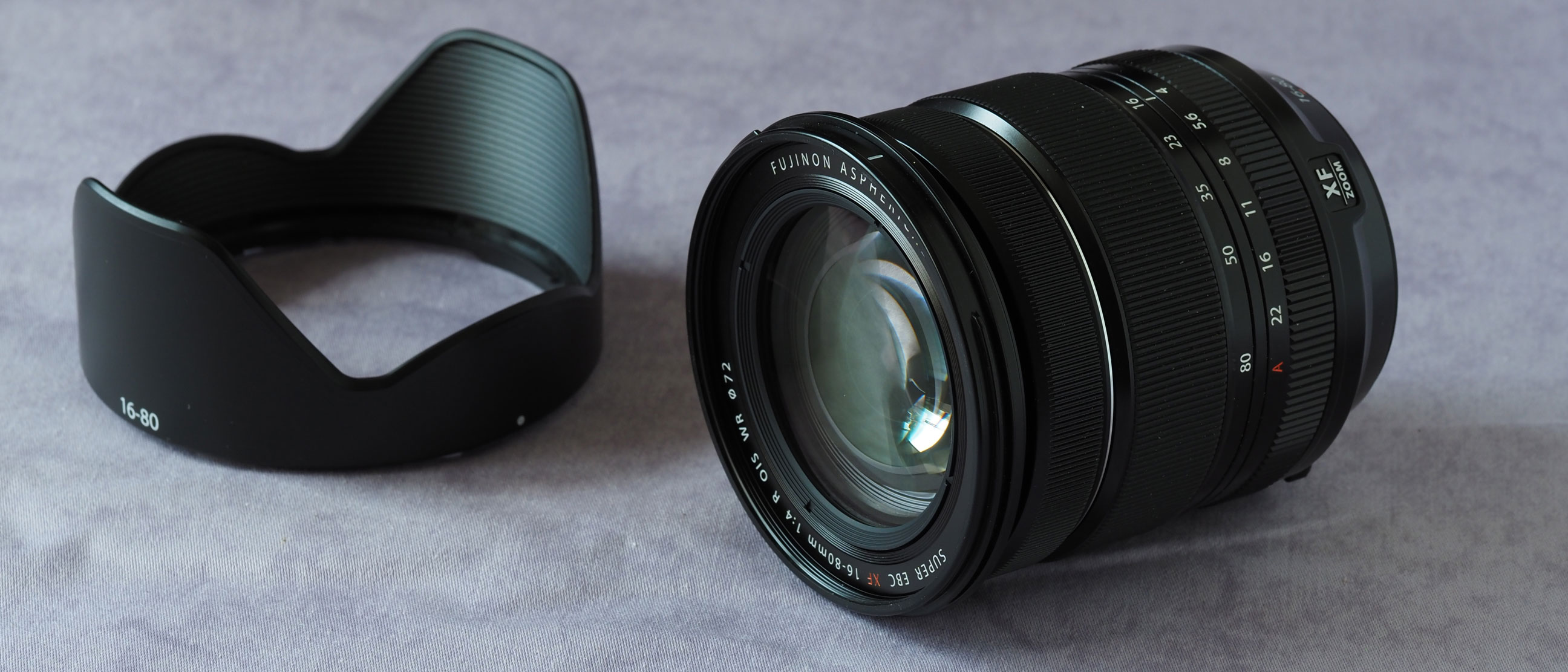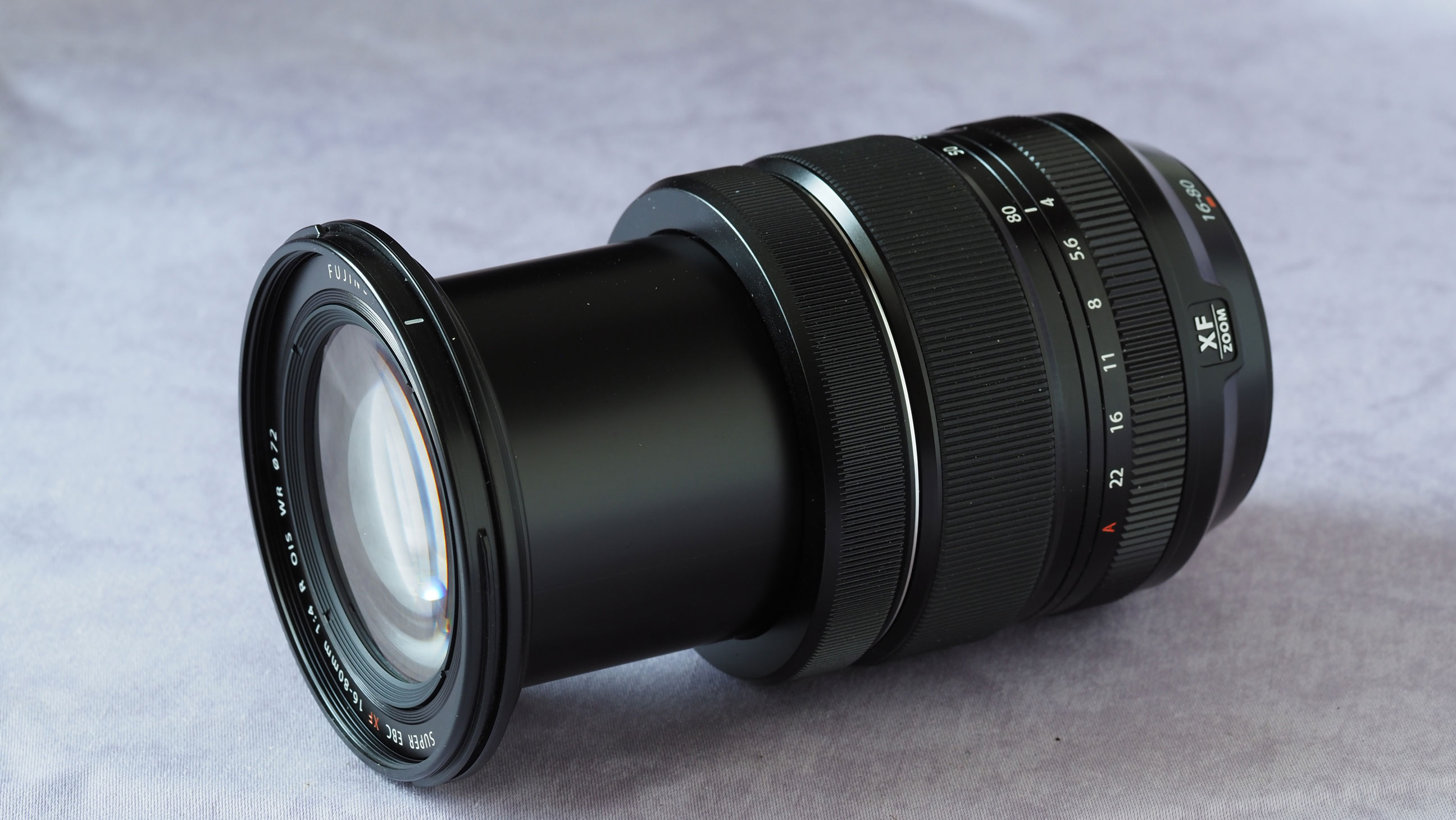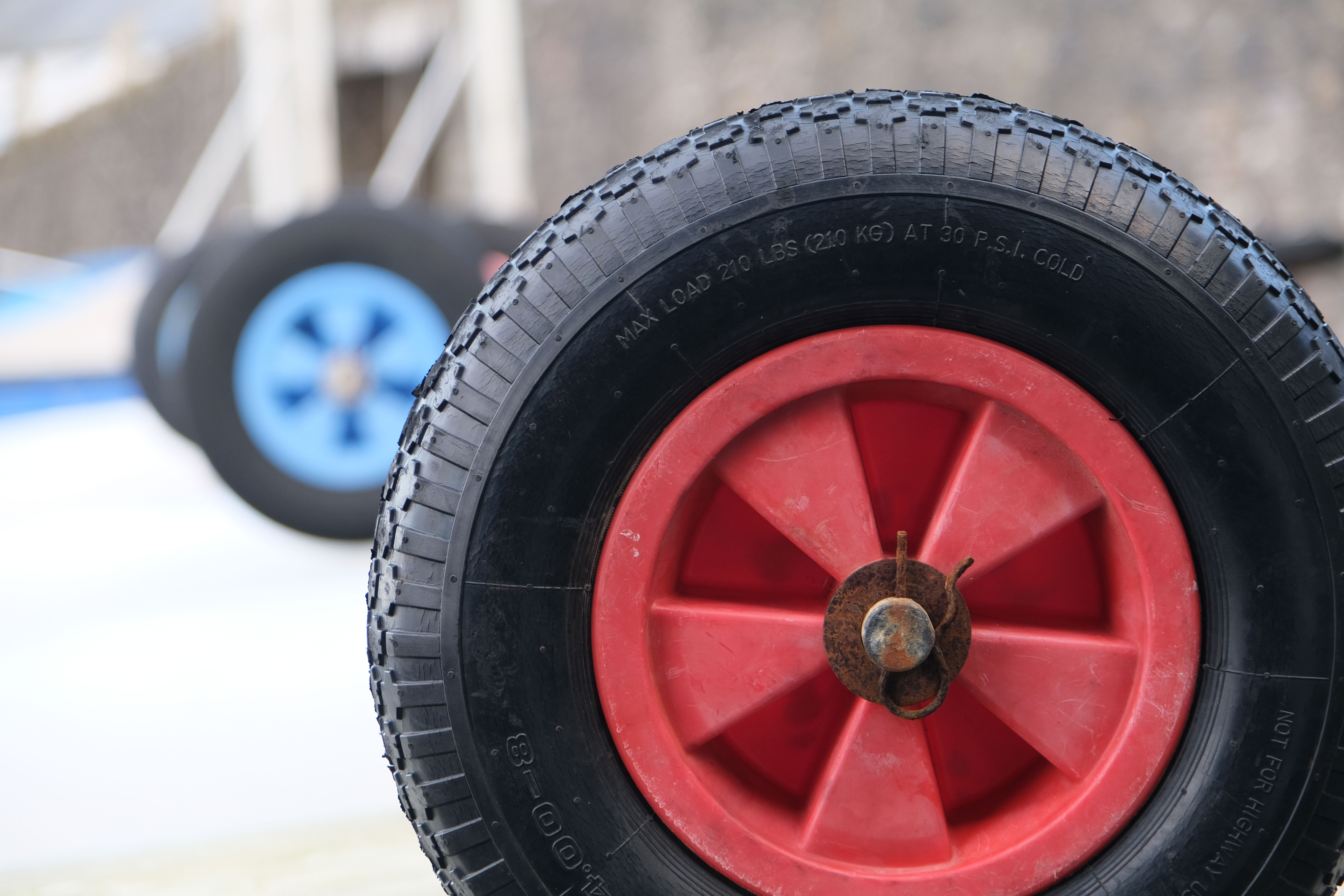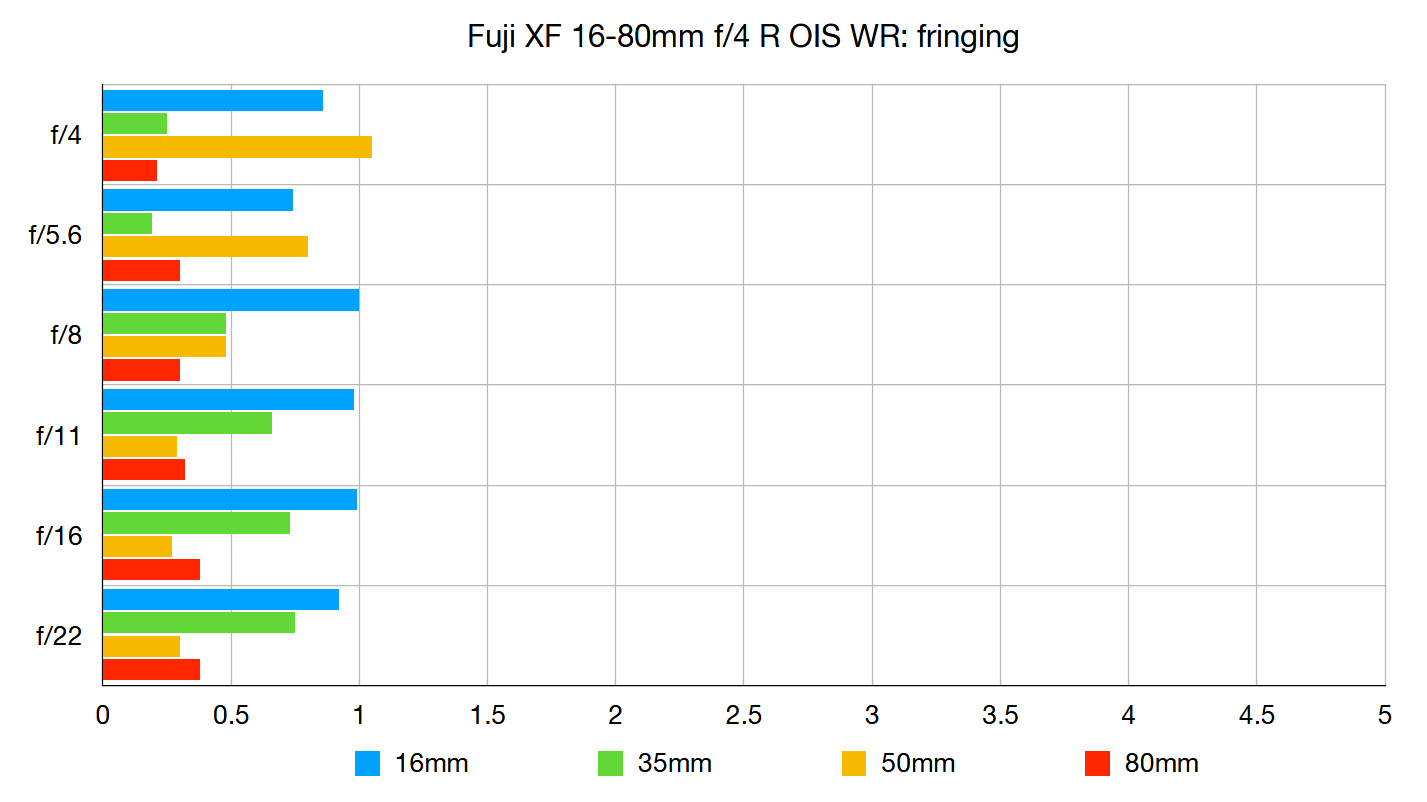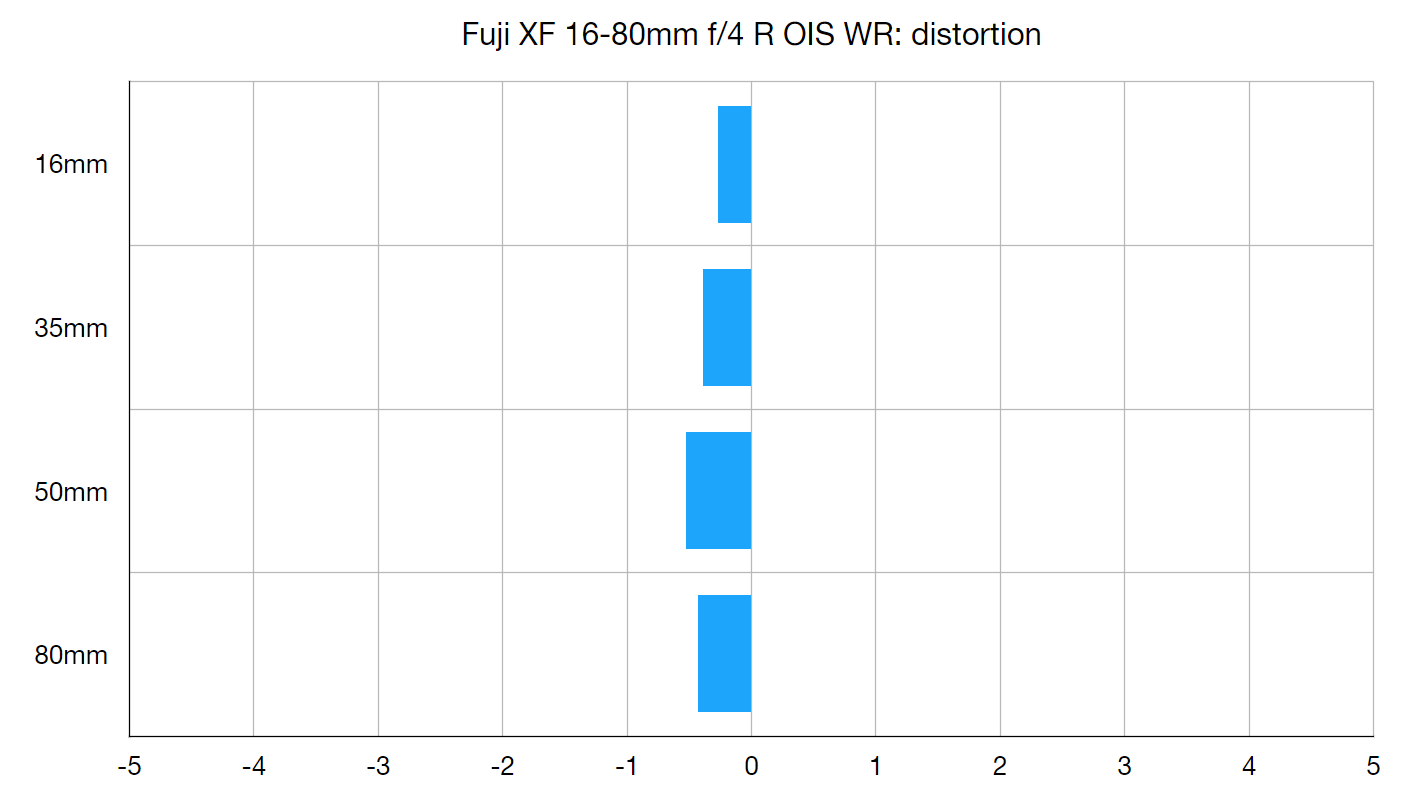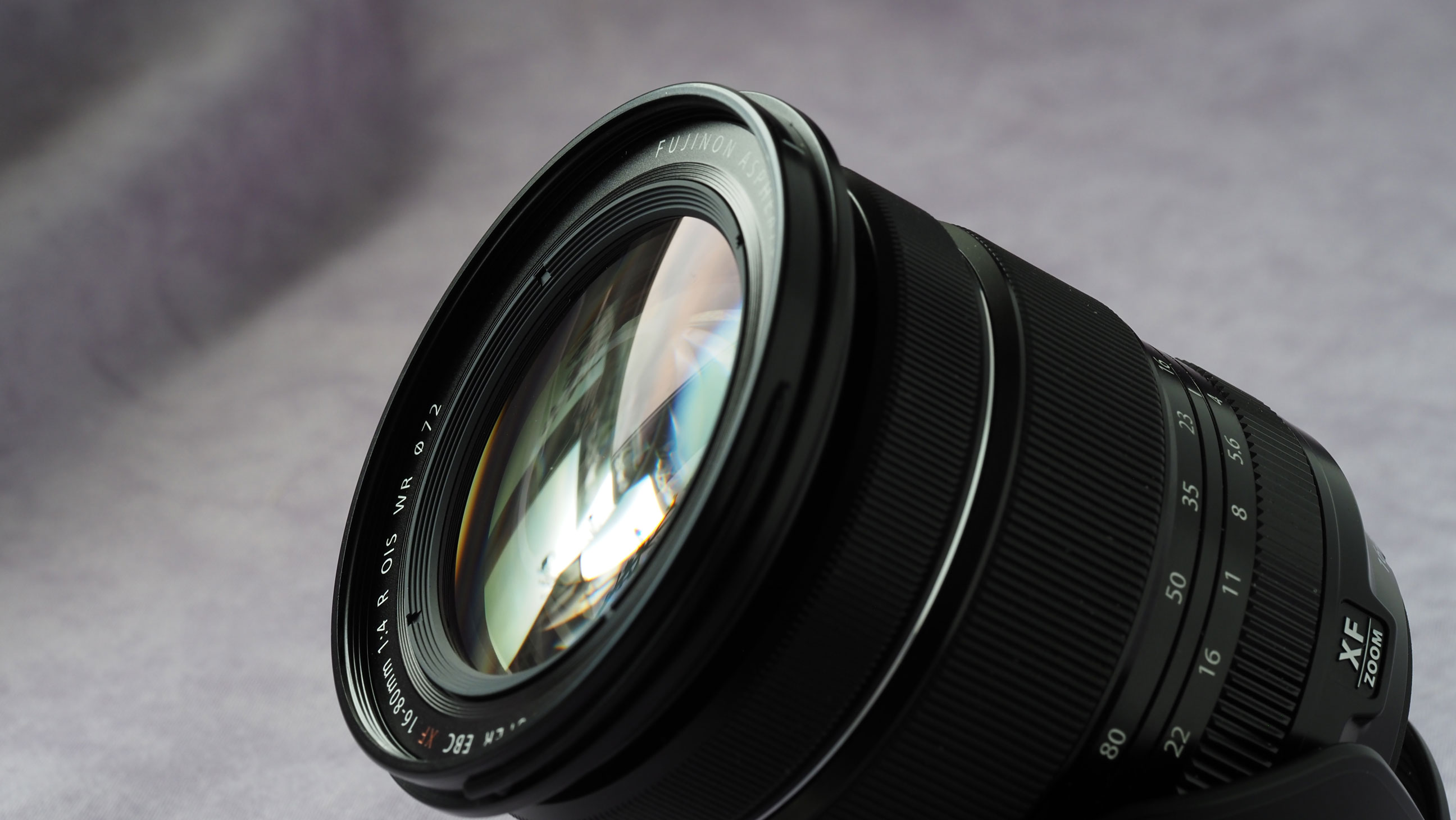Digital Camera World Verdict
The Fujinon XF 16-80mmF4 R OIS WR is not the fastest X-mount lens in the Fujinon line-up – that's the XF 16-55mm f2.8 R LM WR – but it's smaller, lighter, cheaper, has a 5x zoom range and optical stabilisation, so losing one f-stop in maximum aperture seems a small price to pay. We found it a consistently good performer in outdoor shooting (not so much at close range in the lab), and its build quality and handling are as good as it gets... and ALL lenses should have an aperture ring like this one!
Pros
- +
5x zoom range
- +
Physical aperture ring
- +
Optical stabilisation
- +
Build quality and handling
Cons
- -
'Only' f/4
- -
Optically good not stellar
Why you can trust Digital Camera World
Fujifilm's Fujinon XF 16-80mm F4 R OIS WR has been out for a while, but early scarcity means it has taken us a while to get a full production sample for review. It’s a really interesting standard zoom for Fujifilm X-mount cameras, and for a number of reasons.
Fujifilm has now made five standard zooms for its X-series cameras. The XC 15-45mm F3.5-5.6 OIS PZ is a low-cost compact retracting zoom for Fujifilm’s lower-end models, which seems to have replaced the older XC 16-50mm F3.5-5.6 OIS II lens. Mid-range Fujifilm’s usually come with the neat and compact XF 18-55mm F2.8-4 R LM OIS, which is a bit more upmarket, while pros will gravitate towards the big and heavy XF 16-55mm F2.8 R LM WR.
Ignoring the XC lenses, which are more consumer-oriented, that left a big gap between the XF 18-55mm F2.8-4 R LM OIS and the XF 16-55mm F2.8 R LM WR. Neither of those lenses has a very big zoom range, and the 16-55mm doesn’t even have optical stabilization.
This is why the XF 16-80mmF4 R OIS WR offers such an attractive middle ground, with a longer 5x zoom range, but still with a constant f/4 maximum aperture and with the benefit of optical stabilization.
Specifications
Lens mount: Fujifilm X
Autofocus: Yes
Full frame: No
Image stabilization: Yes
Lens configuration: 16 elements 12 groups (includes 3 aspherical elements and 1 ED aspherical element)
Angle of view: 83.2°-20.1°
Max. aperture: F4
Number of blades: 9 (rounded diaphragm opening)
Minimum focus distance: 35cm
Max. magnification: 0.25x (Telephoto)
Dimensions: 78.3mm x 88.9mm
Weight: 440g
Filter size: 72mm
Key features
The 5x zoom range of the XF 16-80mmF4 R OIS WR is probably its biggest appeal, and the equivalent of a 24-120mm lens on a full frame camera.
The constant f/4 maximum aperture makes it faster at longer focal lengths than regular variable-aperture standard zooms and makes manual exposure much more straightforward – it’s also a big advantage for video shooters.
The best camera deals, reviews, product advice, and unmissable photography news, direct to your inbox!
The optical stabilisation is less important if you own an X-H1, X-T4 or X-S10, but a big advantage for owners of other non-stabilised X-series bodies.
What’s really useful is the aperture ring. Fujifilm did not always make these standard on its earlier lenses, probably because it becomes problematic with variable maximum apertures, so it’s great to get one here and it really reinforces the Fujifilm systems strength in external exposure controls.
Build and handling
Yet again, Fujifilm has produced a lens that feels a million dollars but is priced pretty reasonably for keen enthusiasts and is a much cheaper alternative to the XF 16-55mm F2.8 R LM WR for pros.
The zoom action has a medium weight to it with no trace of stickiness or tight spots. The barrel does extend as you zoom, though, and the inner plastic barrel doesn’t have quite the same look and feel as the rest of the lens.
The focus ring is light without a hint of play and, as we remark in our Fujinon XF 10-24mm F4 R OIS review, there’s no distance scale on the lens, but a digital one appears on the screen the moment you turn the focus ring.
The aperture ring has just about the perfect weight, with firm click stops at 1/3-stop aperture increments and locking button to prevent switching from manual aperture control to the ‘A’ position accidentally. Seeing at the aperture markings on is a reminder of the value of constant aperture zooms, where every aperture is available at every zoom setting.
Performance
The lab tests and the real world results from the XF 16-80mm F4 R OIS WR are somewhat different. This does sometimes happen and it's why we carry out both kinds of test.
In the lab (the results are below), this lens is best at shorter focal lengths and grows softer towards its maximum zoom setting, and offers edge resolution that is average at best throughout the zoom range.
However, lab charts are inevitably shot at close range, and not all lenses are well optimised for close-range shooting. In outdoor shooting, where the subjects are much further away, we found the XF 16-80mm F4 R OIS WR to be rather good. It is possible to see some drop-off in sharpness at the edges and at longer zoom settings, but the image detail is still visually crisp – it looks sharp.
As usual with Fujinon lenses, lens corrections for distortion, chromatic aberration and vignetting are not just applied to in-camera JPEGs but embedded in the raw files, so the images from this lens always appear distortion and aberration-free.
While the lab results were less than stellar, the XF 16-80mm F4 R OIS WR gave us really crisp and consistent images in outdoor shooting at normal distances.
Lab data
Sharpness:
The sharpness scores in the graphs below are produced by shooting a monochrome test chart covered in multiple sharp boundaries between black and white. This image is then assessed by specialist software, with the extent of blur on the contrast boundaries at the centre, mid and edges of the image converted into a spatial frequency value to determine how many line widths per picture height the lens is capable of resolving. A higher spatial frequency corresponds to a greater number of finer lines over a given distance that the lens can resolve – this number is the sharpness score.
Center sharpness starts off very well at 16mm, and is simply superb even wide open at f/4 at this focal length. Things get progressively softer as you zoom in though, and by 80mm centre sharpness is no better than average throughout the aperture range. 'Average' is also the best way to describe the 16-80mm when it comes to corner sharpness in our lab tests. It's slightly above average when shooting in the middle of the zoom range, but at the extremes (16mm and 80mm), corner sharpness is below average, and is actually quite poor.
Fringing:
The chromatic aberration scores are calculated using the same chart we use for measuring sharpness. This time the processing software assesses the sharp black-white contrast boundaries and determines the width in pixels of the colour fringe that divides black from white – the larger the width of the fringe, the greater (worse) the fringing score.
Fringing is very well controlled throughout the lens's zoom and aperture range. At no point does it become obvious, and in real world shooting you shouldn't notice any aberrations unless you're really pixel-peeping.
Distortion:
At the top and bottom of our lens test chart are horizontal black bars that run its full width. A lens that bulges these lines towards the edges of frame produces barrel distortion, the degree of which is indicated by a negative score. Shrinking (pincushion) distortion, usually produced by a telephoto lens, produces a positive score. The higher the number – positive or negative – the greater the distortion. A score of zero indicates no distortion.
Thanks mainly to the in-camera distortion correction baked into Fujifilm raw files, distortion is minimal. These figures don't represent the true optical distortion of the lens though, so shouldn't be compared against other lenses that aren't being flattered by in-camera corrections.
Verdict
The Fujinon XF 16-80mmF4 R OIS WR is not the fastest X-mount lens in the Fujinon line-up – that's the XF 16-55mm f2.8 R LM WR – but it's smaller, lighter, cheaper, has a 5x zoom range and optical stabilisation, so losing one f-stop in maximum aperture seems a small price to pay. We found it a consistently good performer in outdoor shooting (not so much at close range in the lab), and its build quality and handling are as good as it gets... and ALL lenses should have an aperture ring like this one!
It does leave Fujifilm fans with a dilemma. For professional use you'd probably choose the 'red badge' XF 16-55mm f2.8 R LM WR purely because of its constant f/2.8 maximum aperture. But as a general purpose walkaround lens, we would choose this one.
Read more:
• Best Fujifilm lenses
• Best Fujifilm cameras
• Best enthusiast cameras
• Best standard zooms
• Fujifilm X-S10 review

Rod is an independent photography journalist and editor, and a long-standing Digital Camera World contributor, having previously worked as DCW's Group Reviews editor. Before that he has been technique editor on N-Photo, Head of Testing for the photography division and Camera Channel editor on TechRadar, as well as contributing to many other publications. He has been writing about photography technique, photo editing and digital cameras since they first appeared, and before that began his career writing about film photography. He has used and reviewed practically every interchangeable lens camera launched in the past 20 years, from entry-level DSLRs to medium format cameras, together with lenses, tripods, gimbals, light meters, camera bags and more. Rod has his own camera gear blog at fotovolo.com but also writes about photo-editing applications and techniques at lifeafterphotoshop.com
